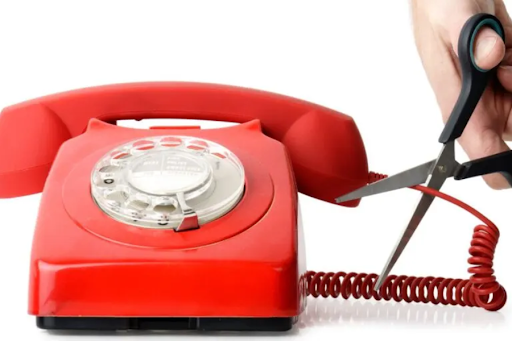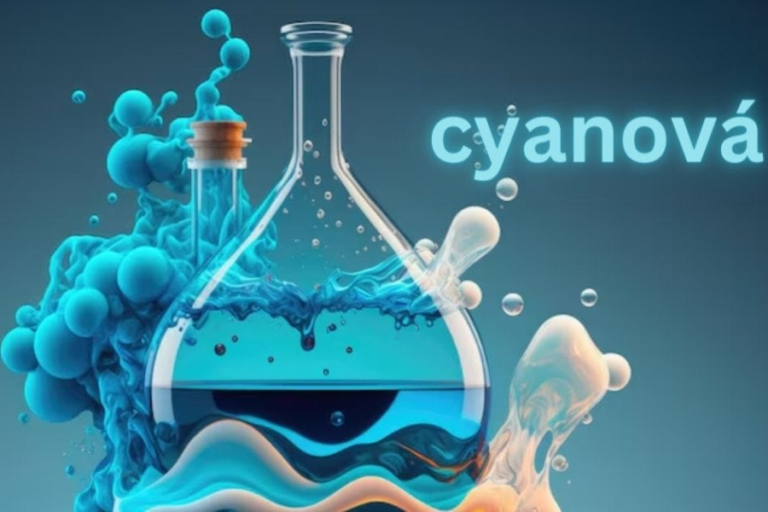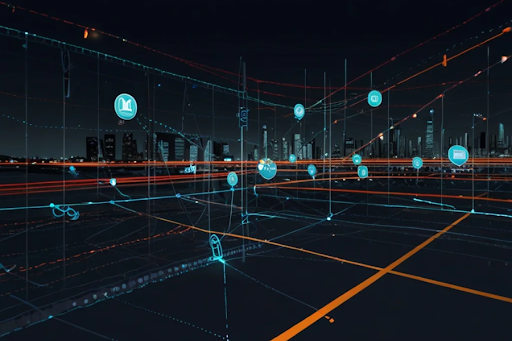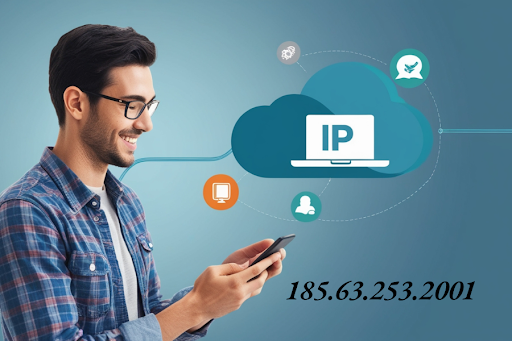More Than Just Digits: The Story Behind 6178268535
Introduction
We live in an age where strings of numbers guide many of our daily interactions. From signing into apps to verifying identities, numbers have become a digital currency of information. One such number, 6178268535, might initially seem like a random series of digits. But like many numerical sequences, a deeper look reveals a layered story—especially in our increasingly connected world.
Numbers in a Digital Society
As technology becomes more integrated into our lives, numbers have replaced traditional identifiers like names and addresses in many scenarios. They offer quick, standardized ways to sort, organize, and connect people, places, and businesses. Whether it’s for authenticating accounts, routing communication, or tagging products, numbers have become essential to how we function online and off.
What Makes Up a Phone Number?
Take a closer look at 6178268535 and you’ll notice it’s structured like a typical U.S. phone number. Here’s how it’s broken down:
- 617: This is the area code, which designates a specific geographic region—in this case, Boston, Massachusetts.
- 826 and 8535: These make up the unique subscriber number. Together, this combination ensures calls reach the right person or business.
So, what appears as a random sequence is actually a carefully formatted communication tool, complete with geographic and identity markers.
Area Code 617: A Piece of Telecom History
Area code 617 isn’t just any prefix—it’s one of the oldest in the United States. Introduced in 1947 as part of the original North American Numbering Plan, it originally covered all of eastern Massachusetts. Over time, as demand grew and technology advanced, area codes were split and redistributed.
By the late 1990s, the 617 zone was trimmed to focus solely on Boston and surrounding urban neighborhoods, while other regions were assigned new codes like 781. Today, a 617 number often implies a strong Boston connection—something that carries weight both locally and in business circles.
Business Branding Through Numbers
For many companies, especially local ones, a number like 6178268535 is more than a line of communication—it’s part of their brand. A Boston-based company using the 617 area code signals to customers that it’s rooted in the local community. This creates trust and familiarity, especially among people who prioritize supporting local businesses.
In some cases, companies even opt for vanity numbers—digits that spell out a word or service on a keypad, making them more memorable. While 6178268535 may not be a vanity number, it could be used creatively in a marketing strategy, depending on how the digits map out on a phone’s alphanumeric dial pad.
Digital Footprints and Privacy Risks
As we interact online, our phone numbers often act as unique identifiers—used to verify our identities, manage accounts, and track user activity. While this has made processes like two-factor authentication and account recovery more secure, it also raises concerns.
A number like 6178268535, when linked to personal details, becomes a valuable data point. Unfortunately, not all uses are ethical. Many people have received unsolicited messages or scam calls from unfamiliar numbers, some mimicking local area codes like 617 to appear trustworthy.
Common Phone Scams and How to Stay Safe
One tactic used by scammers is number spoofing, where they mask their true caller ID with a number that looks familiar or local. You might get a call from a number like 6178268535, only to find it’s someone pretending to be a government official or service provider.
Here are a few ways to protect yourself and your number:
- Install call-filtering apps: Tools like Hiya, Truecaller, or your carrier’s spam blocker can flag known scam numbers.
- Limit sharing: Don’t enter your phone number on unverified websites or public forums.
- Use the National Do Not Call Registry: In the U.S., this helps reduce marketing calls from legitimate businesses, though it won’t block scammers.
Are Phone Numbers Losing Their Relevance?
Interestingly, the way we use phone numbers is changing. With the rise of internet-based communication platforms like WhatsApp, Signal, and Zoom, traditional phone lines are becoming less central. Some users barely make phone calls anymore, preferring text, voice notes, or video chats over data-based services.
Additionally, services like Google Voice and VoIP numbers allow people to create virtual numbers, which aren’t tied to a location like the 617 area code. These shifts suggest that while numbers like 6178268535 are still useful, their role in our lives may continue to evolve.
The Future of Communication
Looking ahead, we may eventually move away from phone numbers altogether. Technologies such as biometric identifiers (think facial recognition or voice authentication) could replace digits with more personal and secure ways to connect.
That said, numbers will still have a place in our digital world. Whether as unique identifiers, product codes, or access pins, they offer a level of structure and universality that’s hard to replace.
Final Thoughts
What at first appears to be a random sequence—6178268535—is actually a small piece of a much bigger puzzle. It connects us to people, places, and systems in ways we often take for granted. Whether as a business tool, a privacy concern, or simply a way to stay in touch, this number tells a story about how we live in the modern age.
As digital landscapes continue to shift, numbers will remain vital—but how we use them, and how we protect them, will matter more than ever.
Stay in touch to get more news & updates on Forbes Take!






